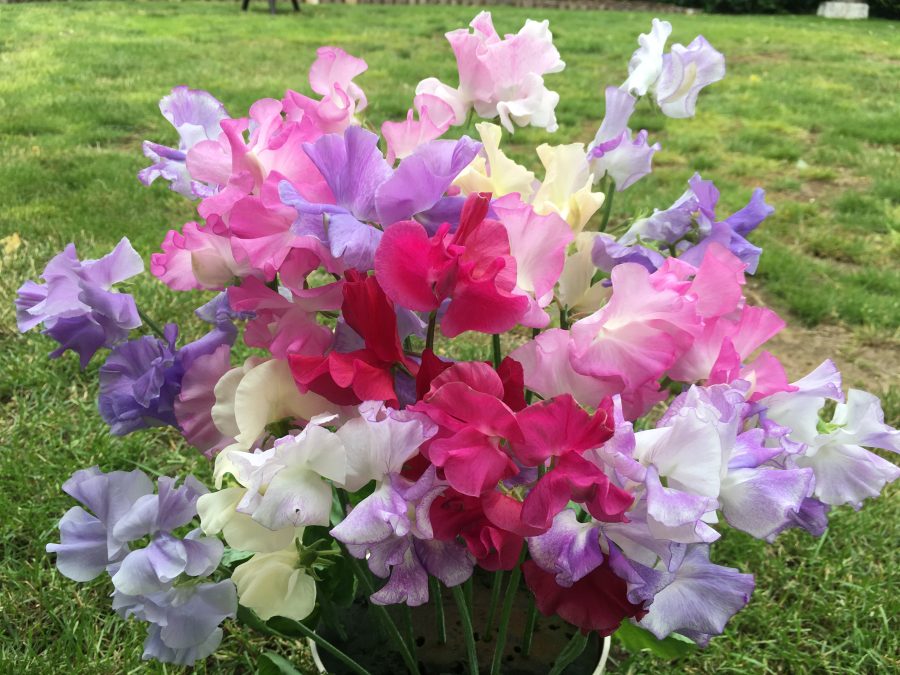Lee Senior says you can get some seeds sown now – and some are very tolerant of our impatience!
Every winter, after a few weeks off to recharge our gardening batteries, I suffer from itchy seed sowing fingers!
I’ve always been keen to start my gardening year early and this approach has largely served me well over the years in the North of England. From a cost-effectiveness point of view, early ‘out of season’ crops command a higher premium, though production costs can be higher depending on what you grow. However, my reasoning isn’t necessarily financial. It is probably a mix of impatience and excitement, interspersed with thoughts of why wait any longer than we have to for those succulent first early crops of the new season?
Perhaps due to the long awaited anticipation, early crops always seem to taste better. They are often harvested while a little smaller in size which helps and they are not as ‘tired’ as some late summer crops can be.We all know that ‘wow’ moment when tasting the first early peas of the season. They are so full of flavour and a lot of them don’t make it home to the pan! It is certainly more satisfying to grow food earlier than the calendar or text books tell us should be possible.
WHAT YOU NEED TO GET SEEDS GOING
To have success with early crops you will need to be able to provide the necessary growing conditions. Firstly, heat will need to be provided to facilitate seed germination as the sun isn’t strong enough by itself in pre or very early spring. I like to utilise an existing heat source within the home. This could be a radiator or south-facing window sill. A friend of mine has a heated bathroom floor and this comes in handy, acting as a kind of sophisticated soil warming cable, seed germination system, but better! Electric propagators can be good too. Alternatively providing heat in a green house or polytunnel via an electricity supply or other means is a worthy option.
Once the seeds have come up, you will need to provide a warm, frost-free location that maximises the natural light available. These days it is also possible to provide artificial lighting that seedlings can benefit from when natural light is in short supply.
Then it is a case of growing the plants on, offering frost protection via a mix of cloches, fleece, cold frames and a green house.
Finally, at planting out time, frost protection remains key for most vegetables, unless they are hardy.
Picture caption: Early sown sweet peas given care, can produce early flowers
This article extract was taken from the March 2024 edition of The Country Smallholder. To read the article in full, and learn more from Lee about planting early, you can buy the issue here.
To receive regular copies of The Country Smallholder magazine featuring more articles like this, subscribe here.
For FREE updates from the world of smallholding, sign up for The Country Smallholder newsletter here.








